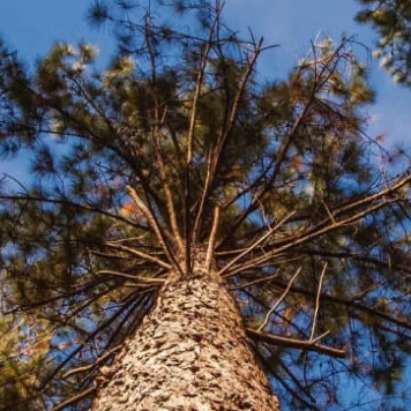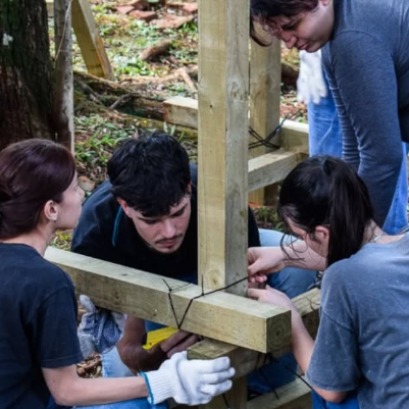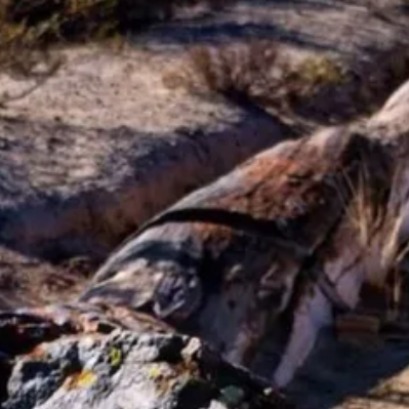
The company starts an ambitious technological investment with state -of -the -art machinery of Brazilian origin. In a first stage, its production of tables will increase by 40%, with the goal of reaching 25,000 m³ per month and thus respond to the growing demand of the international market.
Forestal Las Marias is in an investment stage to change its current sawing line for a latest generation, of Brazilian origin, which will allow them Quadruple endless saw with 1,600 mm flyers and progress of 100 meters/ minute, multiple mountain range for central asset. Cantator with digital, high -speed optimizer for the use of lateral wood, the idea is to produce 12,000 m3 of boards per shift, at the beginning. until completing the investment program consisting of another drying line and a Dry Mill, (classified and production packaging), and then passed to two shifts for a production of 25,000 m3 per month assuming an improvement in logistics through the river. The objective is to supply the growing demand for customers of the external market
IT MAY INTEREST YOU
 Botanists discover giant trees up to 3,��� years old in Tanzania, unknown until now by science
Botanists discover giant trees up to 3,��� years old in Tanzania, unknown until now by science
Scientists have identified a new species of giant tree, Tessmannia princeps, in the Udzungwa Mountains. This species had never before been recorded by science.
 Architecture with identity: university students from Argentina and Paraguay design and build with missionary wood
Architecture with identity: university students from Argentina and Paraguay design and build with missionary wood
The Faculty of Art and Design (FAyD) of the National University of Misiones (UNaM) hosted the inauguration of the first edition of “Yvyvyrá: territory, matter and architecture”, an international workshop that promotes learning, experimentation and architectural design using wood and other materials typical of the biomes of the Atlantic Forest (Paranaense Forest) and the Humid Chaco.
 The forest of the oldest shadows: the story of the petrified trees
The forest of the oldest shadows: the story of the petrified trees
One of the natural treasures of Río Negro turns 23 years old under the protection law that allows its conservation. Where it is and how it was formed. Río Negro celebrates 23 years of conservation in the petrified forest as a Protected Natural Area (ANP). It is a space of 625 hectares that protects an exceptional site of fossil trunks that date back more than 60 million years.






















